International tourists visit Hon Bay Canh, Con Dao National Park
From Hon Bay Canh
On this trip to the island, the weather was favorable so we were lucky to visit some islands in Con Dao National Park and had interesting conversations with the forest rangers who were exposed to the rain, wind and sea here. From the center of Con Dao town, the canoe rushed on the calm and blue sea for about half an hour to reach Bay Canh island. The reason it is called Bay Canh is because from above, the island has 7 edges and is one of the rare islands with underground fresh water to serve tourists . This is also the island with the most turtle egg-laying beaches among the islands in Con Dao.
Mr. Tran Manh Hung (born in 1972, from Ha Tinh ), Station Chief of Hon Bay Canh Forest Protection Station, is the person with the longest experience of more than 33 years of forest protection in Con Dao. Of the 16 islands, only Hon Tai has not been to, the rest of the islands have his footprints of forest visits. Recalling the hard years of decades ago, Mr. Hung said: Back then, the most difficult thing was still fresh water, we had to carry each can up to the island. During the rough sea season, the two brothers only had 40 liters of water to use for half a month. We did not have a house, so we were forced to cut down each bamboo tree to build a tent, and arrange leaves to shelter from the rain. There were few means of transport, in the whole Con Dao National Park there were only 1-2, there were times when the leaders saw how miserable the brothers were, they carried fresh water up to the huts for the staff. Then there were years when we had to celebrate Tet on the island, the rough sea made it impossible to get in, there was no food, we could not catch fresh fish so we had to eat dried fish. The difficult years gradually passed, now there is enough electricity, water, and phone signal, and there is more food, but because he has become used to living on the island, and feels uncomfortable going to the mainland, Hung only comes back once or twice a month, then packs up and goes out to guard the island with his brothers.
As for Mr. Tran Dinh Dong (born in 1980, from Quang Binh ), a new forest ranger who has only been guarding the island for more than 5 years, the hair of this 45-year-old forest ranger has almost turned gray with the waves. Before that, Mr. Dong also worked as a forest ranger in his hometown, but due to difficult circumstances, he had to say goodbye to his wife and children to go to the island to take on the task of guarding the forest and being a midwife for sea turtles to lay eggs. Turtle laying season lasts from April to October every year, with the peak being from June to August. Hon Bay Canh is the place that accounts for 80% of the total sea turtle eggs of all the islands, so the work here is much harder than in other places. Therefore, staying up until 2-3 am, even staying up all night to watch sea turtles lay eggs is not unusual for the forest rangers here. Because if not watched, turtle eggs can be stolen, eaten by animals or even flooded, so after laying eggs, they need to be transported promptly to the incubation site... 5 years of working is 5 years of celebrating Tet on the island, the work is so busy that when the family has a big event, Mr. Dong only comes home 1-2 times a year, so he just hopes that his wife and children understand and sympathize with his work.
To Cau Island
Saying goodbye to the “forest police” on Hon Bay Canh, we headed to Hon Cau, which is associated with a folk tale about the unfinished love between a boy named Truc Van Cau and Mai Thi Trau in the 18th century. The tragic story made the boy leave his village to live on a deserted island and when he died, the island was named after him. The girl, out of sadness, threw herself into the nearby beach, which is now called Dam Trau beach.
Stepping onto Cau Island, many tourists are amazed by the poetic beauty combined with fine white sand, blue sea water and deep inside are lush coconut groves. Called Cau Island but there are few areca trees but mainly coconut trees with an area of about 10 hectares. The island has an ancient well that provides fresh water all year round so the banana and jackfruit trees also bear abundant sweet fruit. Mr. Le Thanh Nam (born in 1994), a ranger of Cau Island, shared that due to the convergence of many conditions for survival, the island attracts quite a lot of tourists, especially international visitors.
Not only is the island beautiful, it also has a little-known relic, which was the place where a number of political prisoners were detained around 1930 before being transferred to Phu Son camp. On the island, there are also a number of phong ba trees recognized as heritage trees, so the forest rangers always pay attention to guarding and protecting them.
On the way back to the town center by canoe, we heard many more stories about forest protection on the island, some sad, some happy, but all for a green color for Con Dao today and tomorrow.
PHU NGAN
Source: https://www.sggp.org.vn/giu-rung-o-con-dao-post801170.html


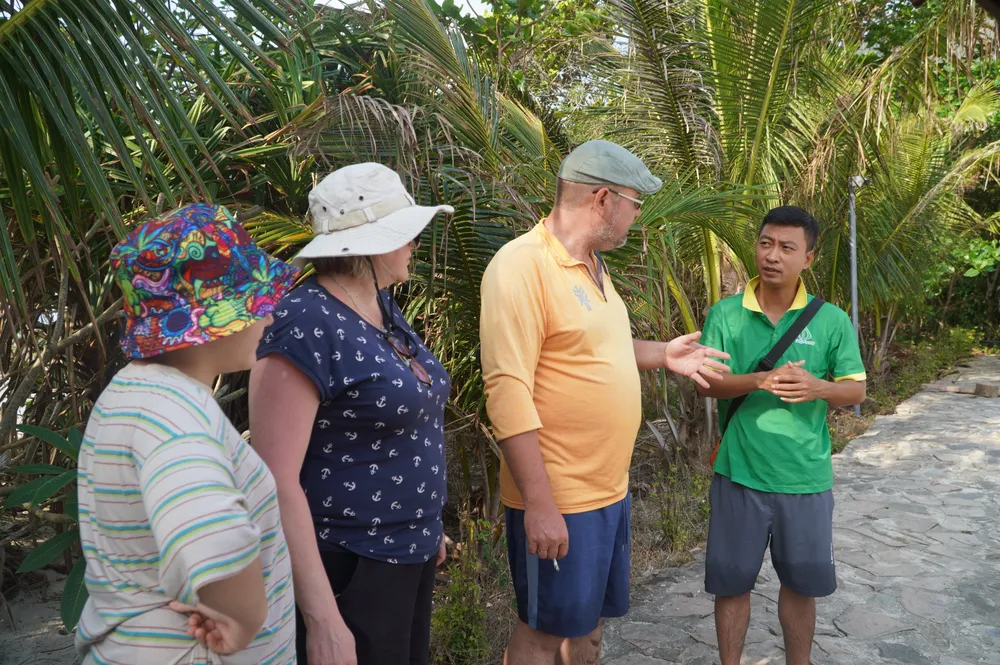
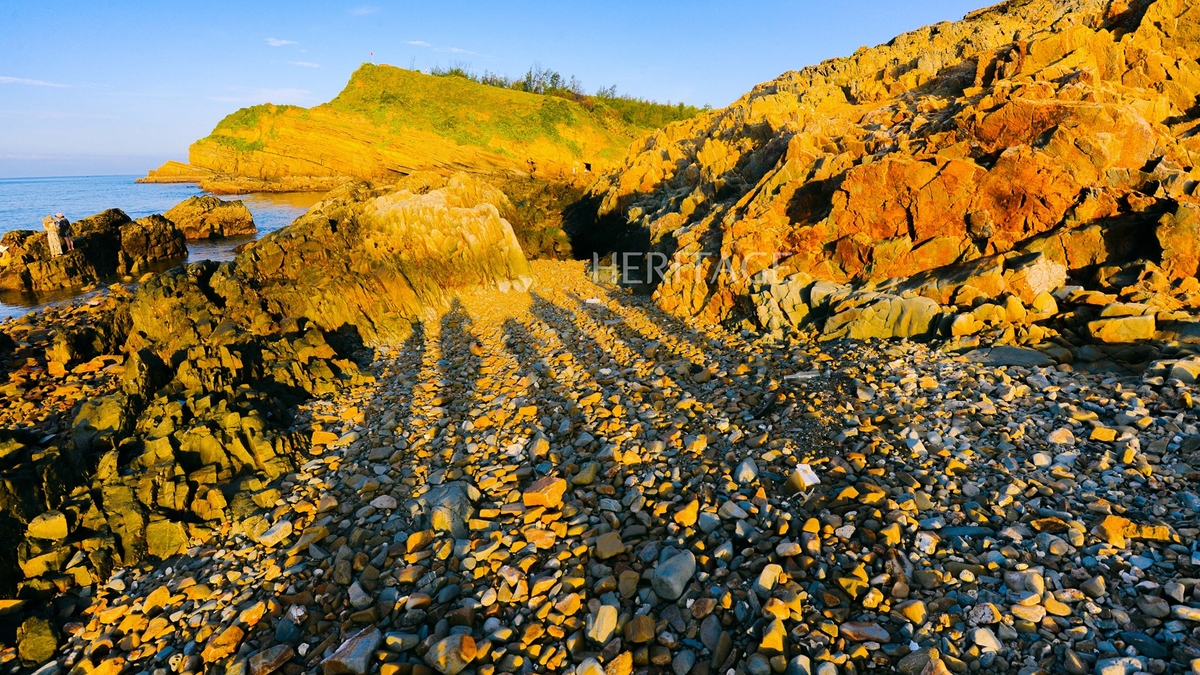


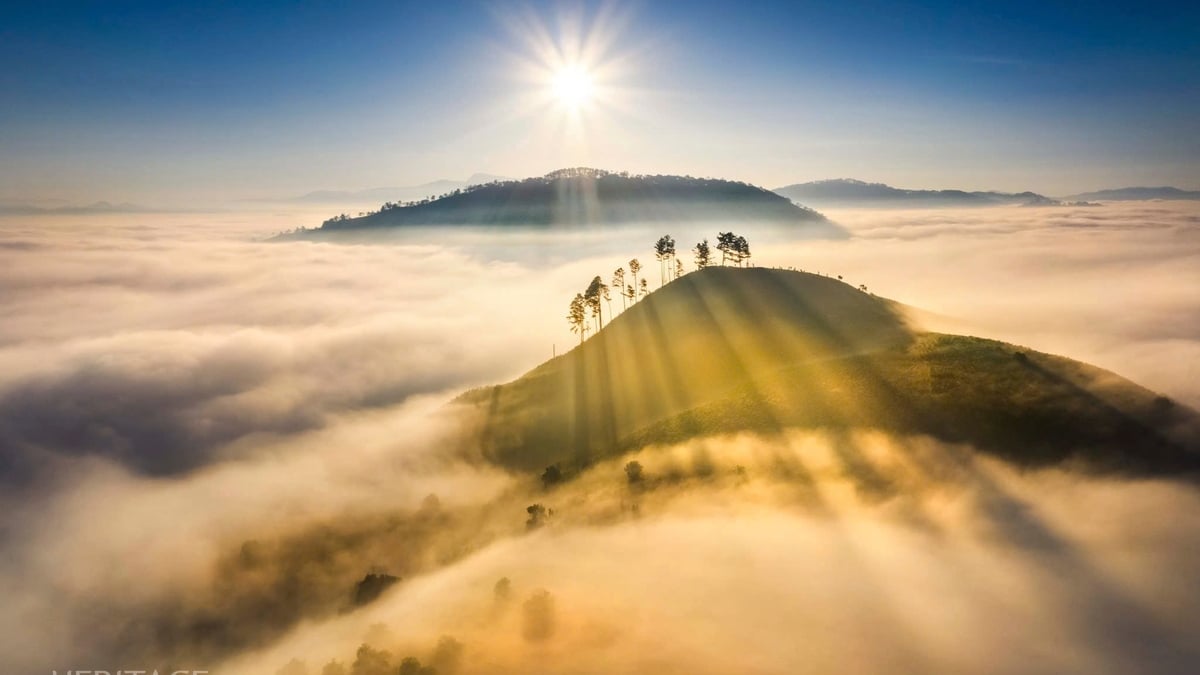

![[Photo] Action for the Community tells stories of enduring journeys – both intimate and great, yet quiet and determined](https://vphoto.vietnam.vn/thumb/1200x675/vietnam/resource/IMAGE/2025/11/15/1763179022035_ai-dai-dieu-5828-jpg.webp)




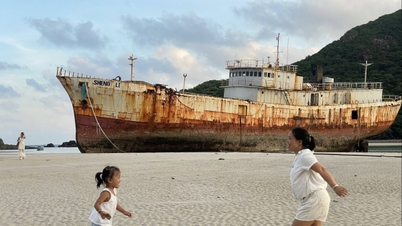

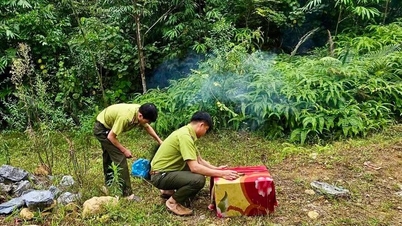







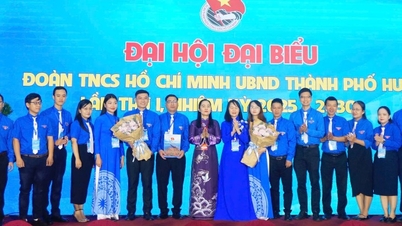



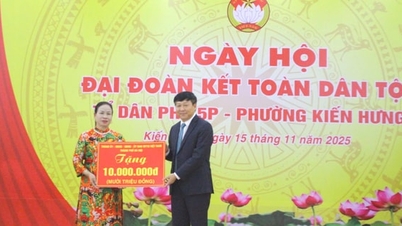
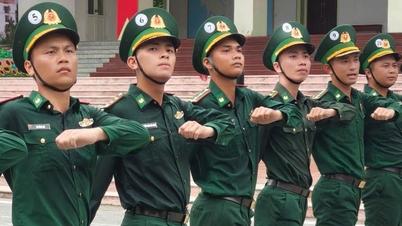
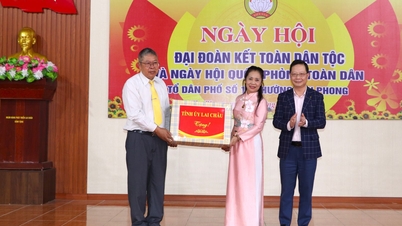




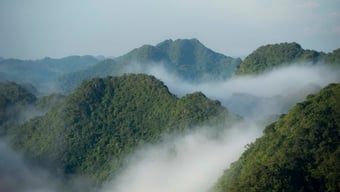
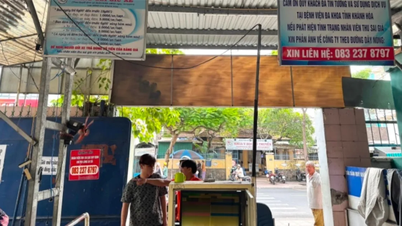


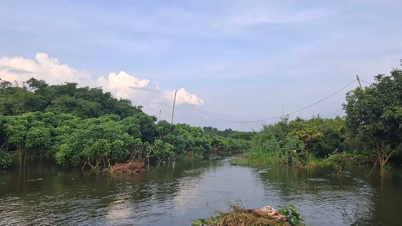


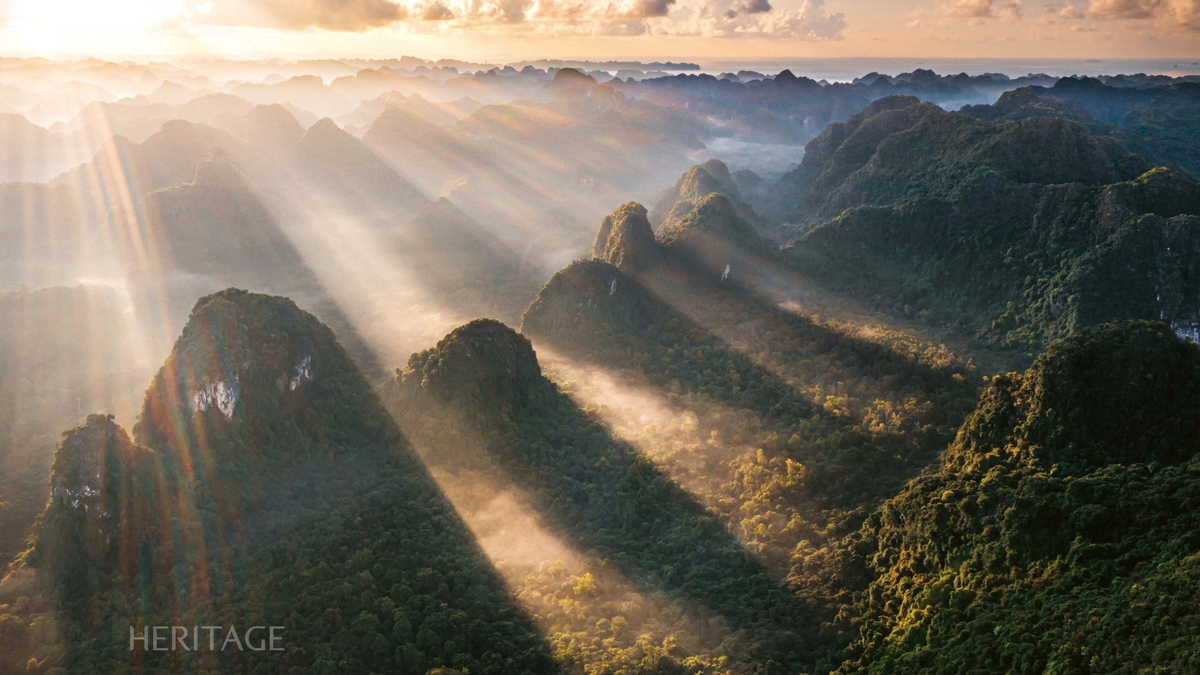
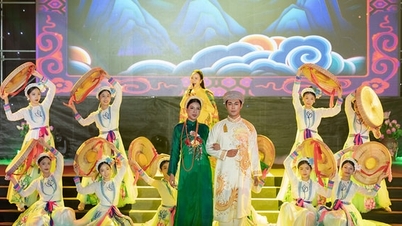


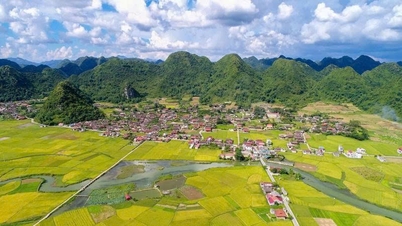

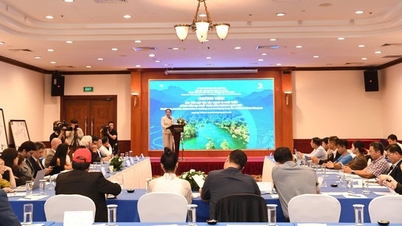

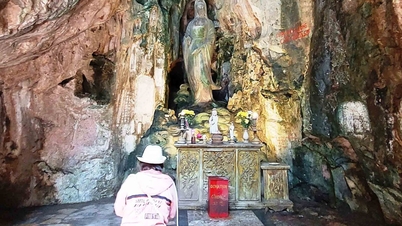

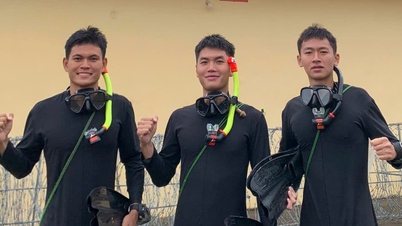

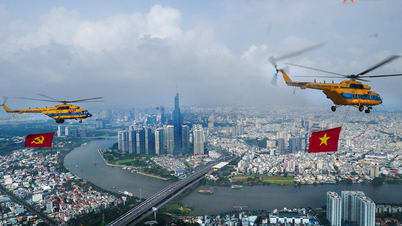

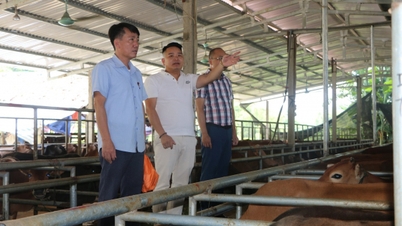

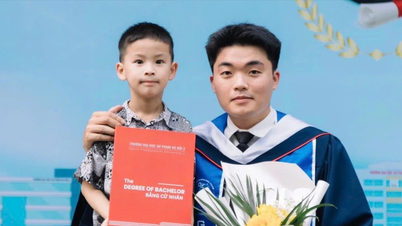





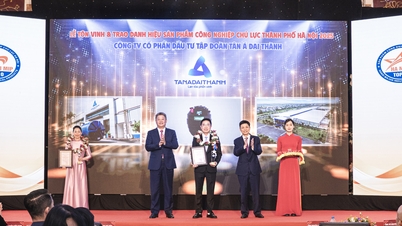
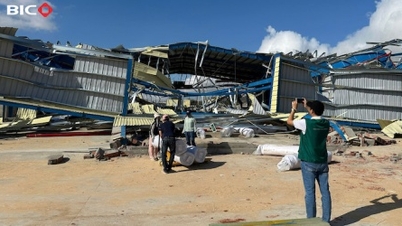




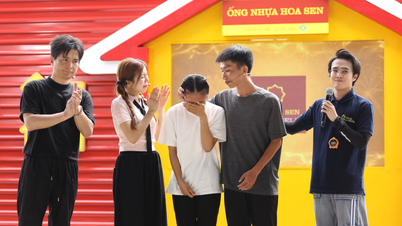


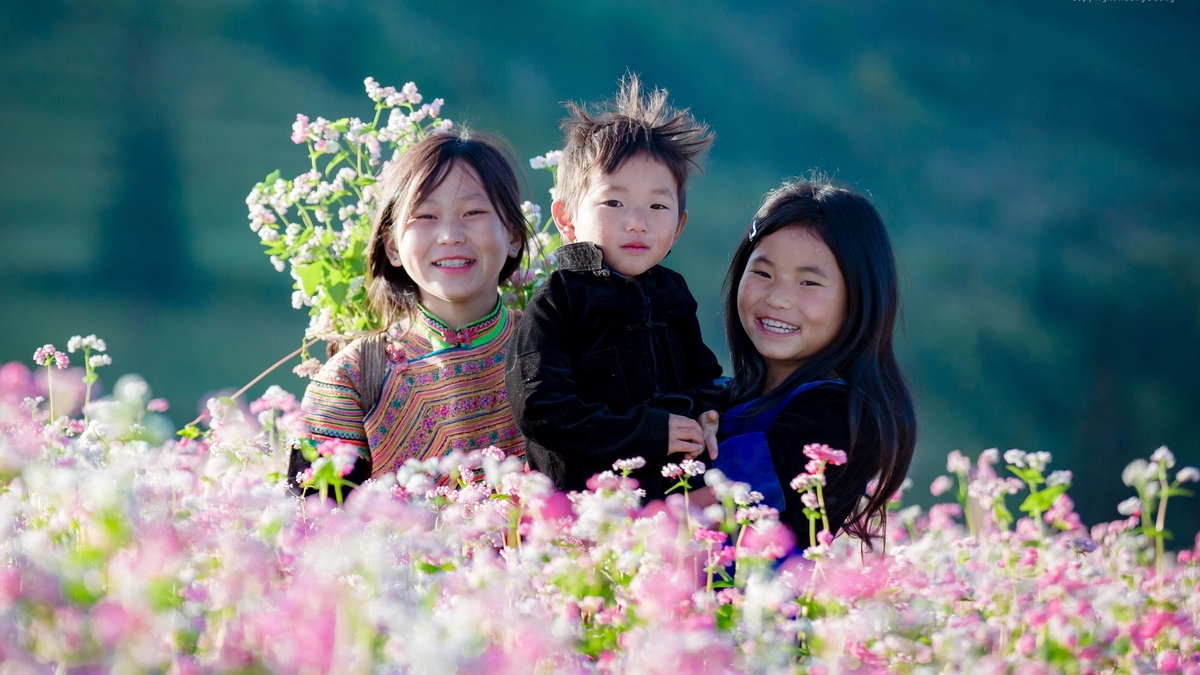


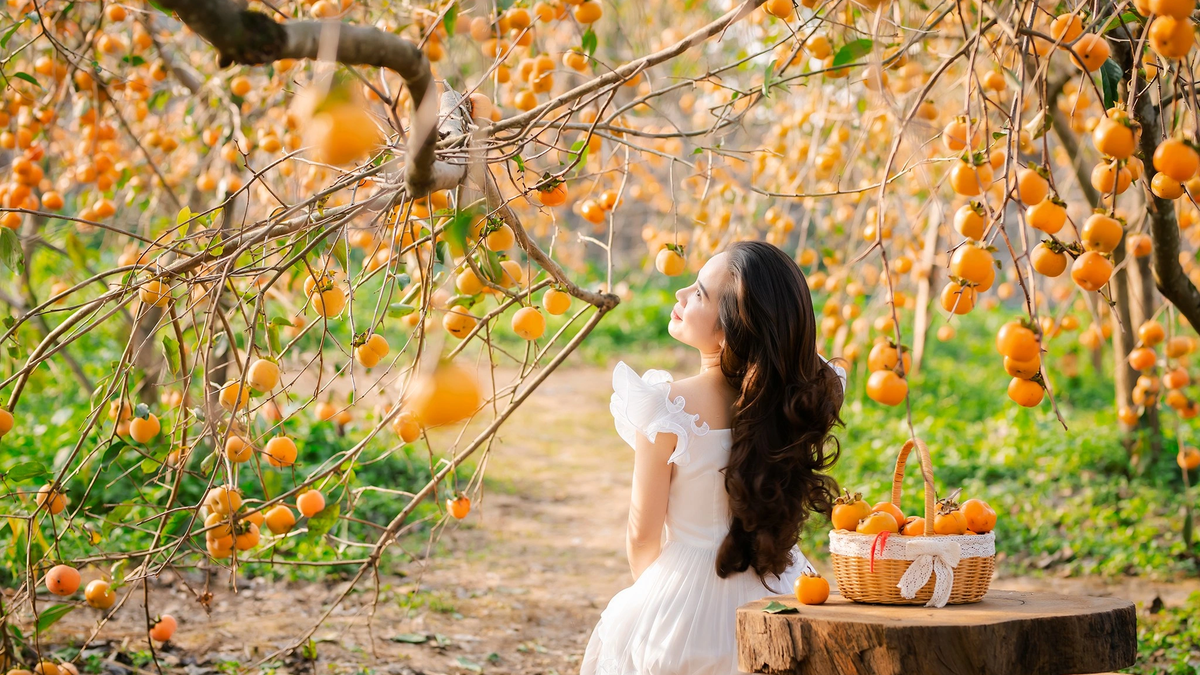
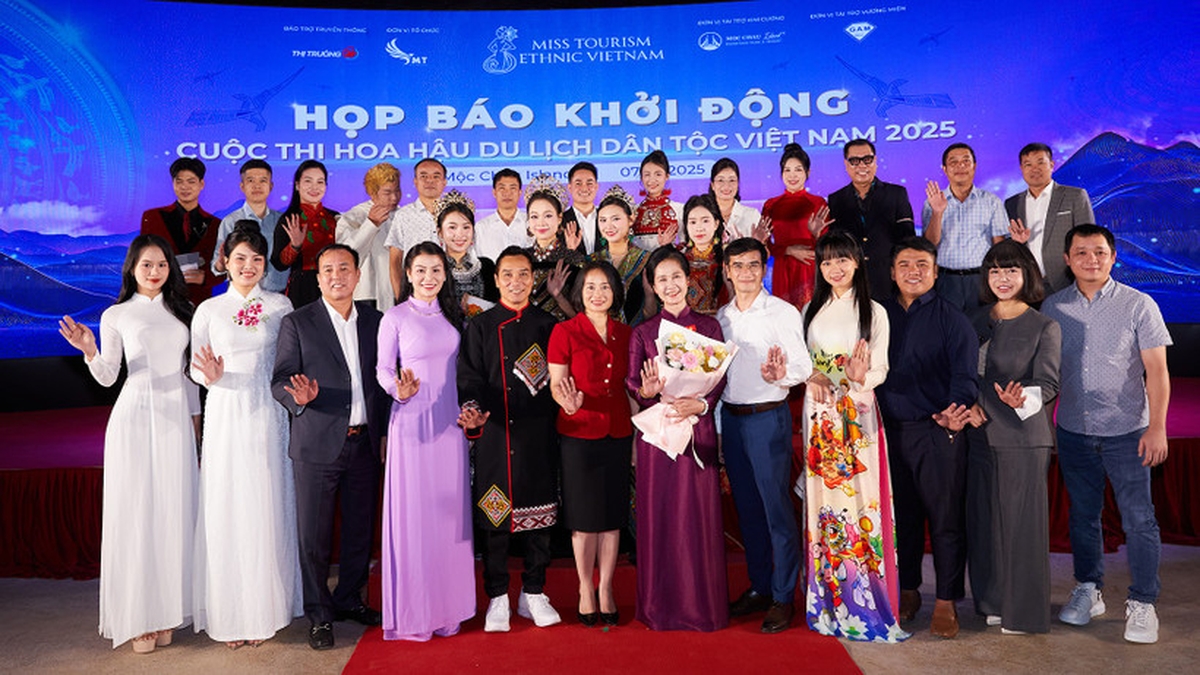

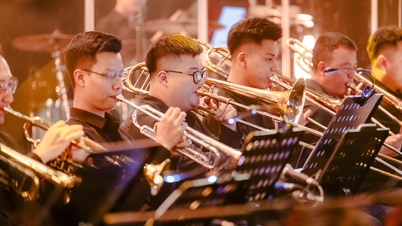
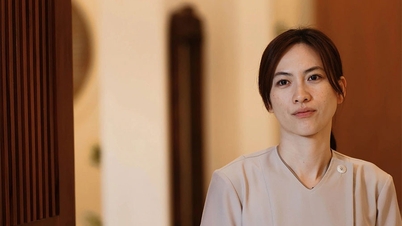








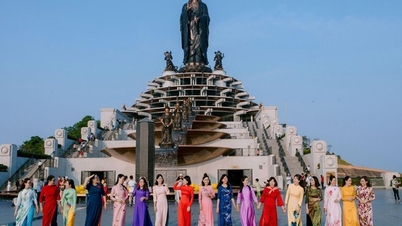



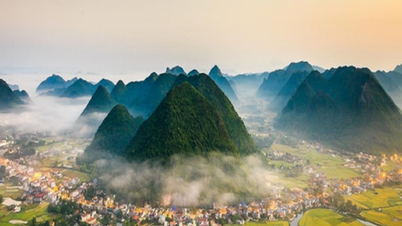



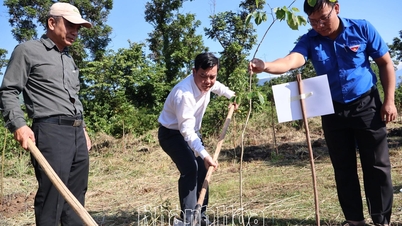

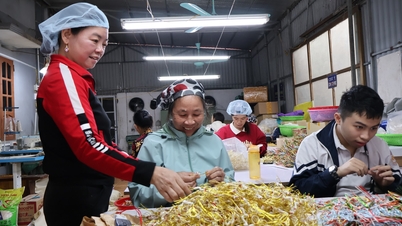


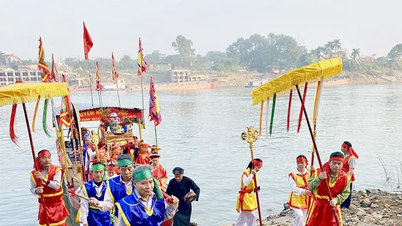

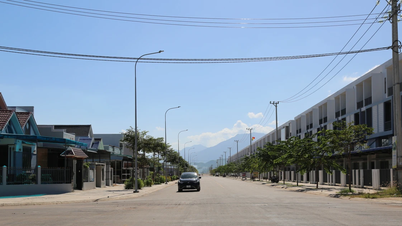












Comment (0)